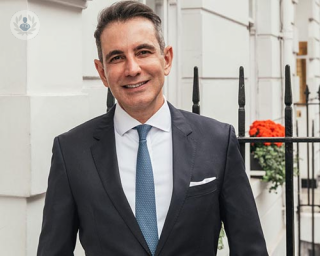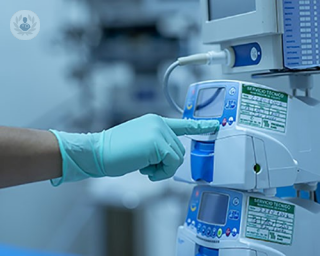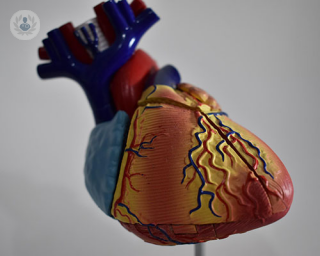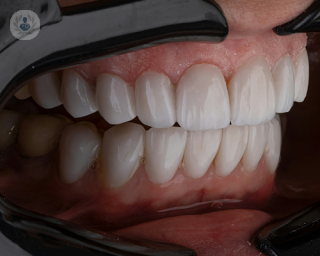
By Mr Daniel Baird
27.03.24
Umbilical hernias: everything you must know: part 1
An umbilical hernia manifests as a bulge near the belly button due to a hole in the abdominal fascia. It typically contains fat but may include bowel. Symptoms include a noticeable lump exacerbated by standing, coughing, or straining, though it may retract while lying down. Hernias don't heal on their own and can cause discomfort, pain, or aching, especially during physical activity. While usually not dangerous, severe pain or trapping requires immediate medical attention. Managing it involves conservative and surgical methods tailored to each patient to alleviate symptoms, prevent complications, and enhance quality of life. In the first article of a two-part series, leading colorectal surgeon Mr Daniel Baird discusses the surgical options for umbilical hernias and answers any questions you may have about the condition.


















